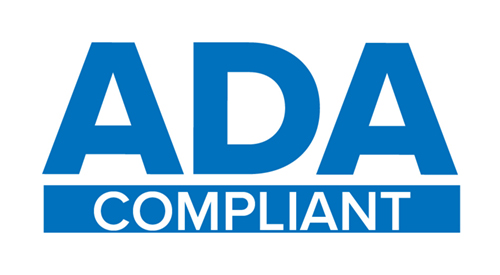What to know about fog
With crazy temperatures going from freezing cold to warm conditions, it is not uncommon to experience fog.
There are two different types of Fog Advisories
- A Dense Fog Advisory
- Freezing Fog Advisory
A Dense Fog Advisory is issued by your local National Weather Service office when widespread dense fog develops. When this happens, visibilities frequently drop to one-quarter of a mile or less. These conditions make travel difficult. Take extra caution when on the road or avoid driving if possible.
A Freezing Fog Advisory is issued by your local National Weather Service office when fog develops and surface temperatures are at or below freezing. The tiny liquid droplets in the fog can freeze instantly to any surface, including vehicles and road surfaces. Freezing fog makes driving, boating, flying and other forms of transportation particularly hazardous. Visibilities are typically at or below 1 mile.
What to watch out for If you must drive in foggy conditions, keep the following safety tips in mind:
- Slow down and allow extra time to reach your destination.
- Make your vehicle visible to others both ahead of you and behind you by using your low-beam headlights since this means your taillights will also be on. Use fog lights if you have them.
- Never use your high-beam lights. Using high beam lights causes glare, making it more difficult for you to see what’s ahead of you on the road.
- Leave plenty of distance between you and the vehicle in front of you to account for sudden stops or changes in the traffic pattern.
- To ensure you are staying in the proper lane, follow the lines on the road with your eyes.
- In extremely dense fog where visibility is near zero, the best course of action is to first turn on your hazard lights, then simply pull into a safe location such as a parking lot of a local business and stop.
- If there is no parking lot or driveway to pull into, pull your vehicle off to the side of the road as far as possible. Once you come to a stop, turn off all lights except your hazard flashing lights, set the emergency brake, and take your foot off of the brake pedal to be sure the tail lights are not illuminated so that other drivers don’t mistakenly run into you.
Take your time and drive carefully. Spring is right around the corner.
Source: National Weather Service




